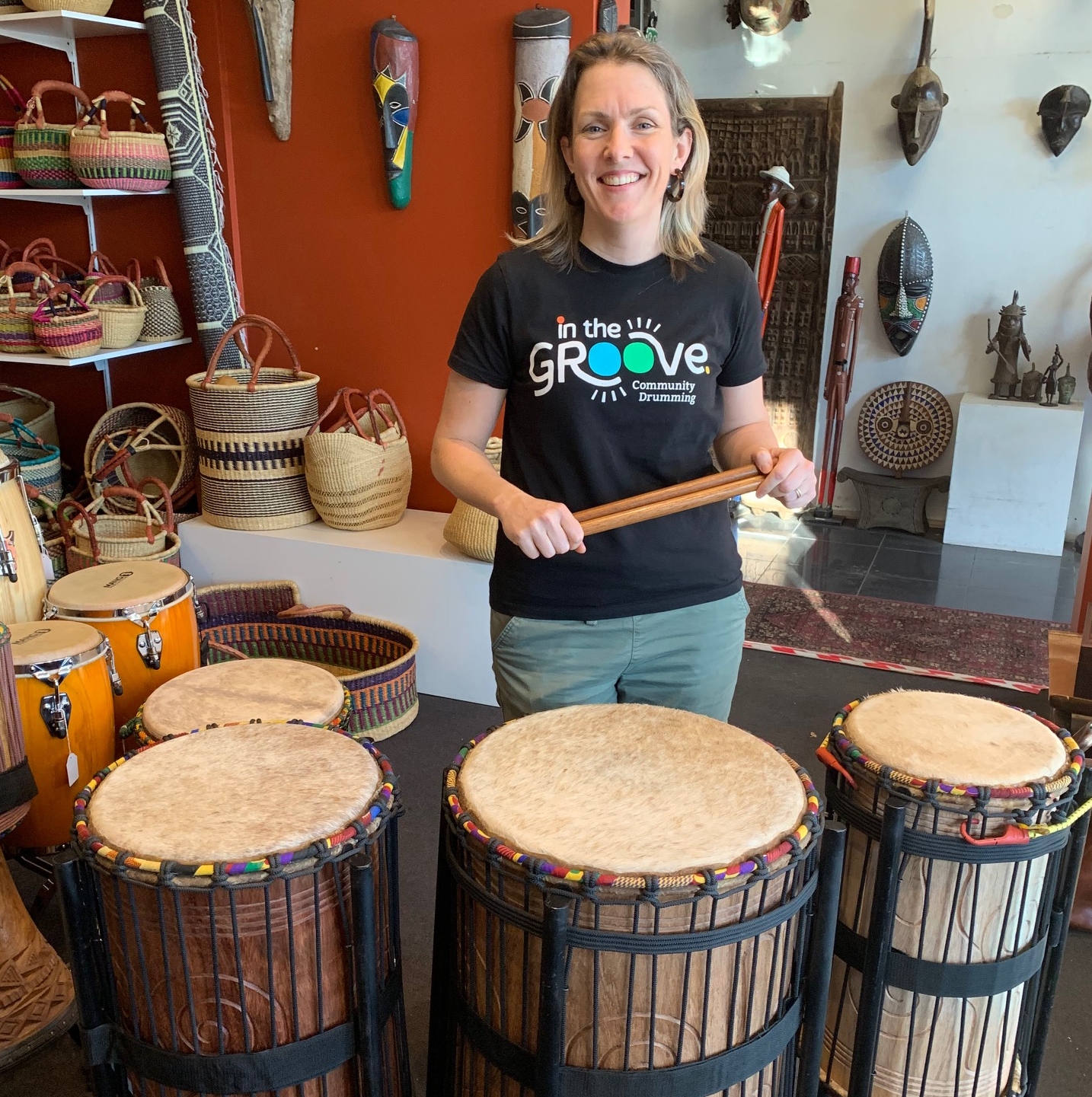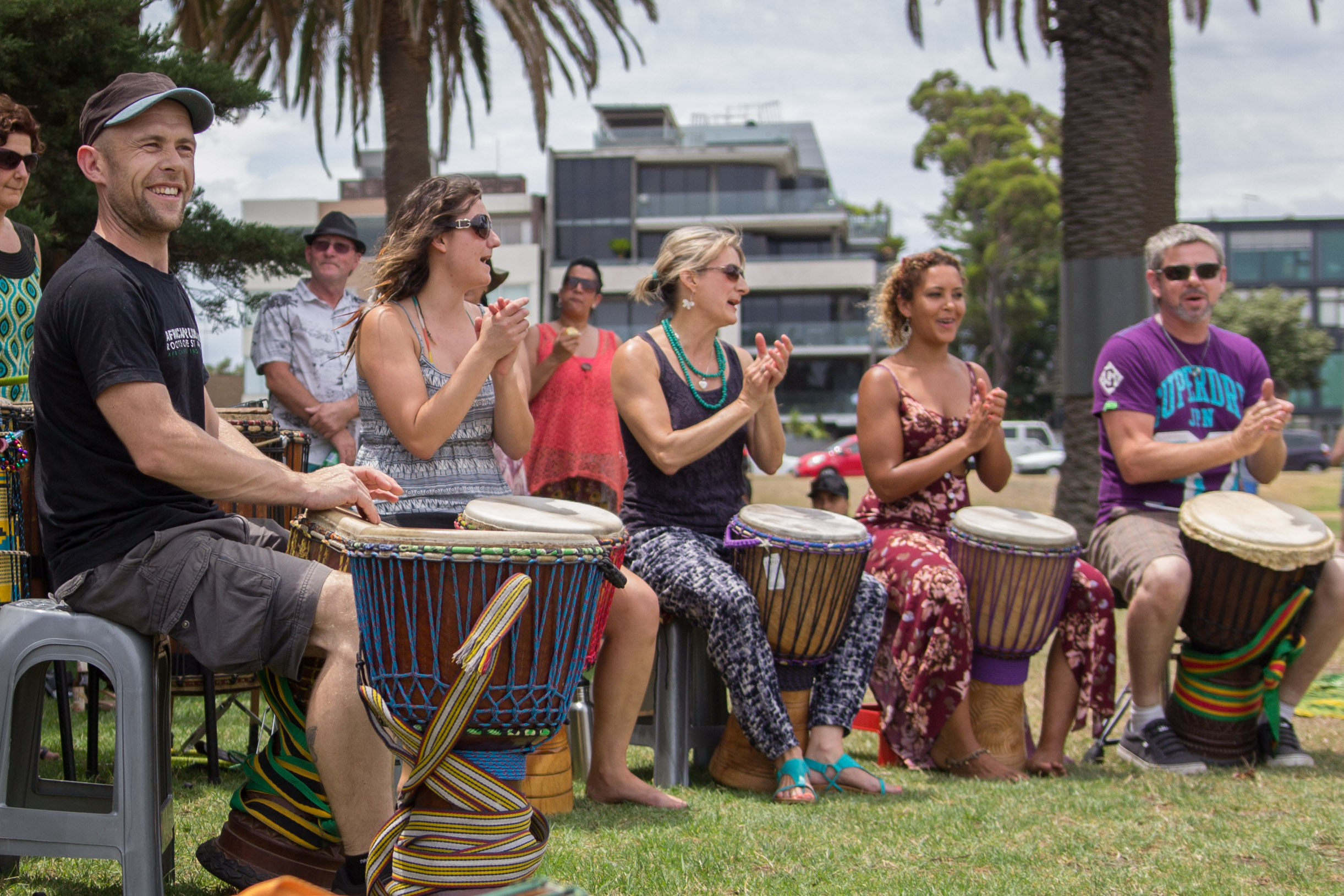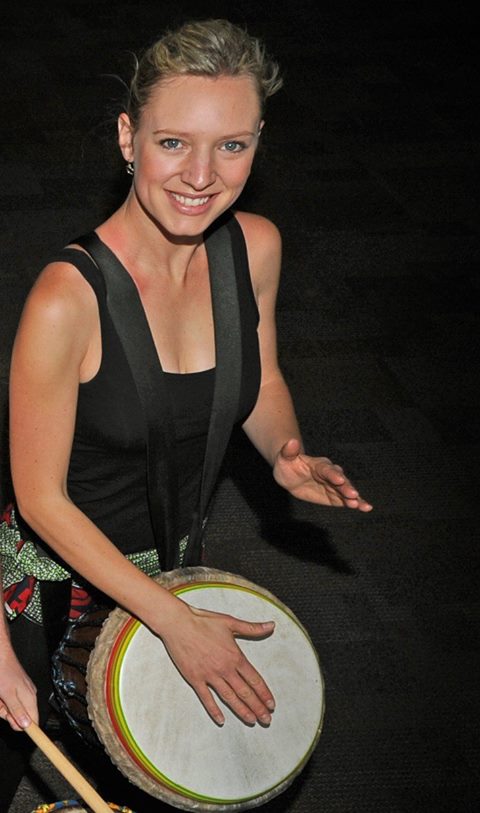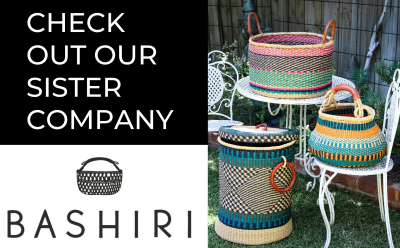
We all know that child — the quiet one that likes to sit at the back and observe. Many children are scared to try new things and are particularly anxious around large groups. There’s a shy kid in every class and even the most thrilling class activities seem to overwhelm them. As a teacher, it’s important to encourage participation in healthy ways, because we know from experience that forcing someone to speak up or take leadership can often be counter-productive.
The long term benefits of group activities are endless – teamwork and leadership skills, adaptability, awareness – as are the disadvantages of not participating. Experimenting in group activities can help shape someone’s interests and passions, boost confidence and encourage healthy social relationships in and outside of the classroom. Similarly, if someone routinely refuses to engage in group activities this will surely affect their individual growth. Participating in groups as a young child can lay a lot of groundwork for healthy development. Creativity, Leadership, Confidence, Mindfulness, Communication, Team Work and Inclusiveness are all fundamental assets that can be developed and mastered through group interactivity, and if a child disengages it may be harder for them to grasp and perfect these later in life.
Music therapy is a common tool used in playrooms and classrooms, as it can affect mood, relieve stress, improve motor skills and connect the individual with his/her external reality. Music and dance are popular non-verbal universal languages that bring participants together, regardless of age, gender, backgrounds and barriers. African Drumming in particular is a perfect example of this and the body of research and quantifiable data on the benefits of drumming have boomed in the last 15 years, spurred on by the djembe’s (West African hand-drum) growing popularity across the world. Drumming has proven itself as a powerful stress-relieving and mindfulness activity, and is almost always performed in a group. Now, let’s look at those assets above and their relationship with African Drumming.
Creativity is an integral part of African Drumming. The accessibility of African drumming allows children to express their creativity in an open safe space to drum, dance and sing, alongside their friends and teachers. It’s a communal activity and children will be encouraged to play in small groups, as well as individually. All children – no matter their background – will have the opportunity to improvise and exercise their individual flair, offering even the shyest of children the space to express themselves in whichever way they feel comfortable with.
Children will be assigned to lead different parts of an ensemble rhythm, allowing them the space to exercise Leadership. Even if one particular child doesn’t initially want to be in a position of leadership, they can still play an integral role in the ensemble. They’ll also have the opportunity to observe their peers in different roles of leadership before deciding if they wish to be more dominant in the group. It might also be easier for a more passive child to take centre stage if they witness children of their own age and skill level in a position of leadership within the ensemble.
Confidence is gained and nurtured through African Drumming when a child feels like they have control over their instrument, and particularly when they feel their contribution and presence is valuable in the group. The great thing about African drumming is that it’s an incredibly accessible form of music playing — within a minute of being introduced to the hand drum, anyone can follow a rhythm. It isn’t challenging at all to begin to play, however it does offer a constant learning curve that keeps children engaged. The ability to acquire a new skill is empowering, especially for a developing child.
An important meditative tool, African Drumming is advantageous in developing Mindfulness in young children. It forces participants to be present and focus on the music, the drum, their hands and their peers, while also promoting internal self-awareness. It can be quite detrimental if a child feels like they are lagging behind or letting their team down, and fortunately the intrinsic nature of African Drumming makes it very difficult for participants to detach or become distracted.
Communication can be utilised in new and interesting ways through African Drumming. If children don’t feel comfortable using their voices in group activities, they can express themselves instead through drumming. When participants drum together, they communicate and connect through the language of the drum. The leader communicates all their cues through the drum and the group responds by following the rhythms.
Team Work and Communication are very similar in African Drumming. The non-verbal nature of the activity means that individual members are communicating to each other and to their leader through rhythms. The innate position of African Drumming as a communal activity means that children will automatically feel like they are part of a team, working together to create one beat.
Inclusiveness is fundamental to African Drumming. Everyone within an ensemble has a key part to play, whether you’re leading or responding. Drumming doesn’t care where you’re from or what language you speak — it’s all about the music. To reiterate, African drumming is a communal activity – it depends on participants playing off one another – and children may feel more inclined to participate if they feel as though they’re needed.
African Drumming’s proven benefits and its relationship with education distinguishes it as a powerful tool in development, particularly early childhood development. Its fundamental communal nature fosters Creativity, Leadership, Confidence, Mindfulness, Communication, Team Work and Inclusiveness in ways that will encourage even the quietest child in class to dip their feet in, one toe at a time.
Further reading ?
Effects of Community African Drumming on Generalised Anxiety in Adolescents
By David Akombo
African drumming as a medium to promote emotional and social well-being of children aged 7 to 12 in residential care
By Kim Flores
The Impact of Group Drumming on Social-Emotional Behavior in Low-Income Children
By Ho et al









 ” For me, the djembe addiction took hold in my early twenties. Coming from a classical piano background, djembe was everything piano wasn’t! I still dearly love sitting down and cracking out a Bach prelude but it doesn’t compare to the feeling of playing djembe and being part of a whole community of drummers who share a love for West African rhythms.
” For me, the djembe addiction took hold in my early twenties. Coming from a classical piano background, djembe was everything piano wasn’t! I still dearly love sitting down and cracking out a Bach prelude but it doesn’t compare to the feeling of playing djembe and being part of a whole community of drummers who share a love for West African rhythms.

 “For me the djembe is a powerful entity for humans to channel great energy and to transmit this energy in a joyous and spiritual way. Key aspects of the djembe and its culture for me are; The joy it transmits, The meditative aspect of drumming, The community and union that is created through playing the djembe which incompasses any gathering of people for any reason where listeners dancers and players all come toghether to s
“For me the djembe is a powerful entity for humans to channel great energy and to transmit this energy in a joyous and spiritual way. Key aspects of the djembe and its culture for me are; The joy it transmits, The meditative aspect of drumming, The community and union that is created through playing the djembe which incompasses any gathering of people for any reason where listeners dancers and players all come toghether to s